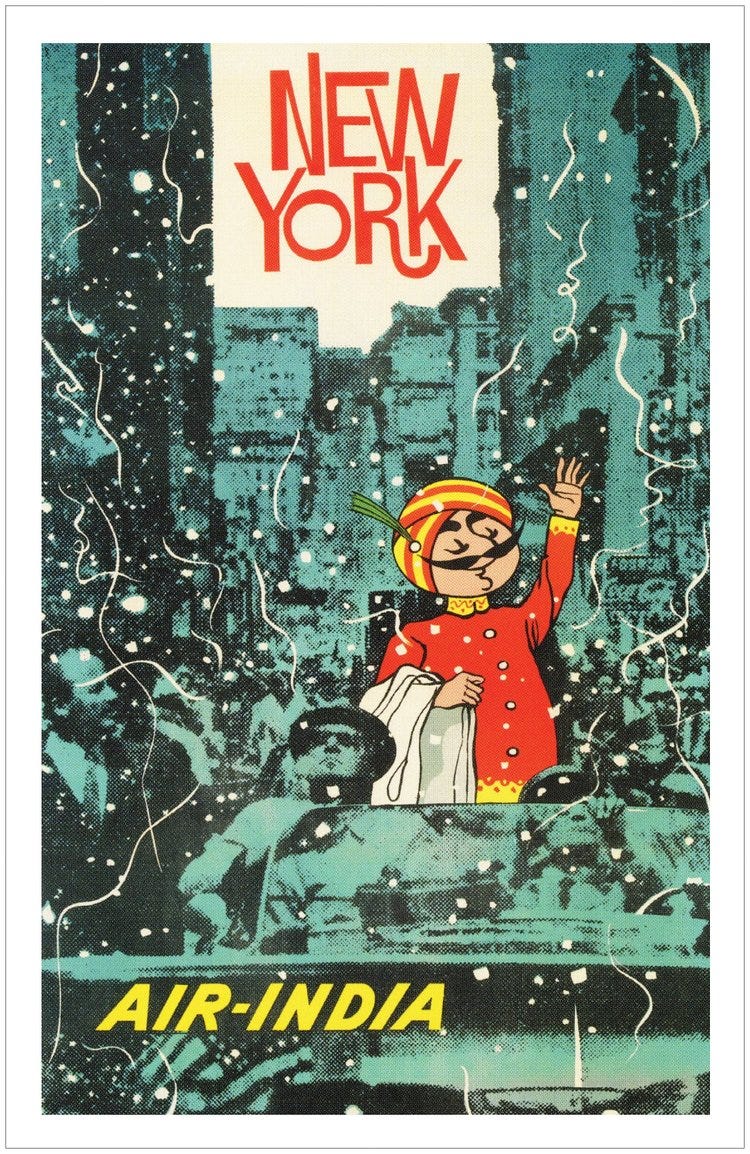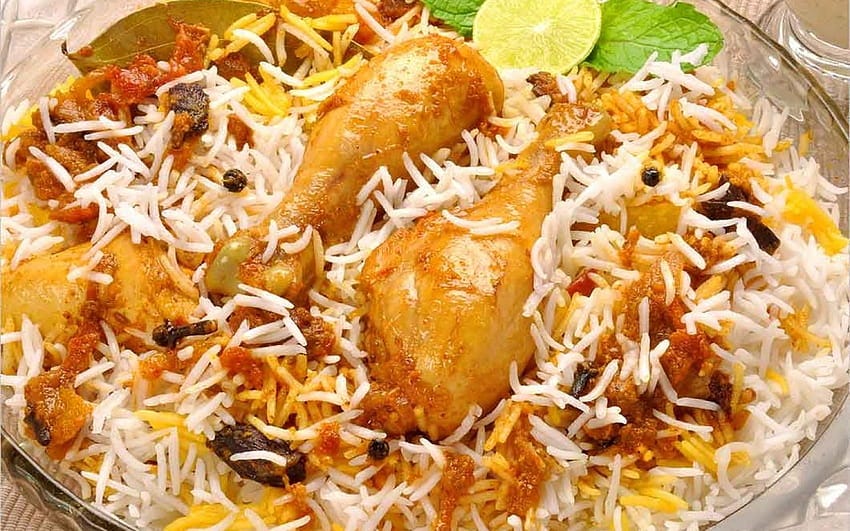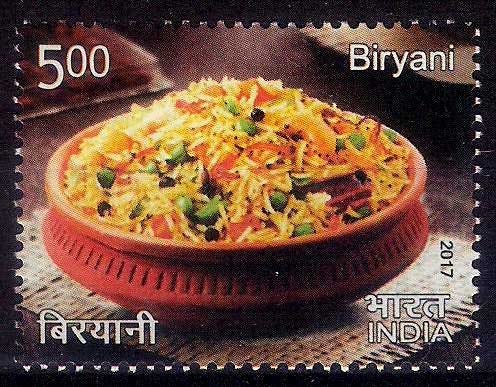Welcome to the Brown History Newsletter. If you’re enjoying this labour of love, please do consider becoming a paid subscriber. Your contribution would help pay the writers and illustrators and support this weekly publication. If you like to submit a writing piece, please send me a pitch by email at brownhistory1947@gmail.com.
Don’t forget to check out our SHOP and our Podcast.

The Story of Biryani: South Asia’s favorite rice dish
Biryani is undoubtedly one of the most popular rice dishes ever – not just in South Asia, but around the world. One of its rare qualities is the way it holds a sense of familiarity that is prevalent in everyday meals but also celebratory ones. Each region within South Asia and beyond has its own version, and while the premise of a layered rice dish with protein, spices and vegetables stays consistent, the variation of ingredients unique to each region make their respective biryanis distinctive. The name of each biryani is according to its location – Hyderabadi biryani, or according to the ethnic groups it comes from – Sindhi biryani; this varies from region to region. While the origins of biryani are disputed, its popularity across the region and beyond is undeniable.
Biryani is said to have originated in Persia, coming from the Persian word ‘birinj’ which means rice or ‘biryan’ which means to fry/roast. However, there is debate about how and where the dish traveled from to the subcontinent, the more popular theory is that the Mughals introduced Biryani to India during their reign, as the dish developed in Mughal kitchens over the next few centuries (1526-1857), it amalgamated into the version that is commonly known today – a marriage between the native rice dishes of the region and the Persian pilaf. Historian Al-Biruni described meals very similar to the Mughal biryani at the courts of Sultan’s who ruled the region prior to Mughals. A popular story traces back modern-day biryani to an encounter Emperor Shah Jahan’s Empress Consort Mumtaz Mahal had with Mughal soldiers during a visit to army barracks – she found the soldiers looking malnourished and asked the chefs to prepare a meat and rice dish to provide sufficient nutrition to the army, this preparation included aromatic spices and saffron to rice that was roasted in ghee, proving to be a precursor to the biryani we all know and love today.






